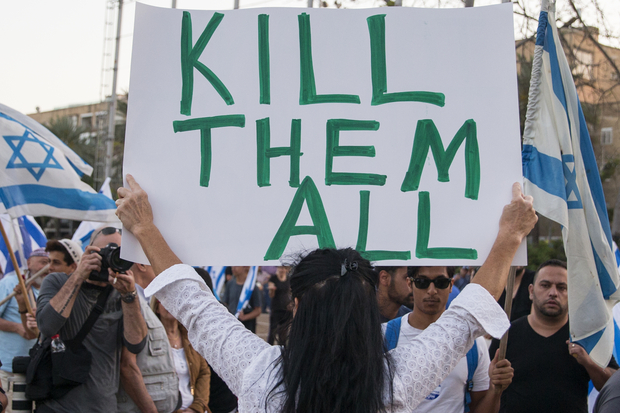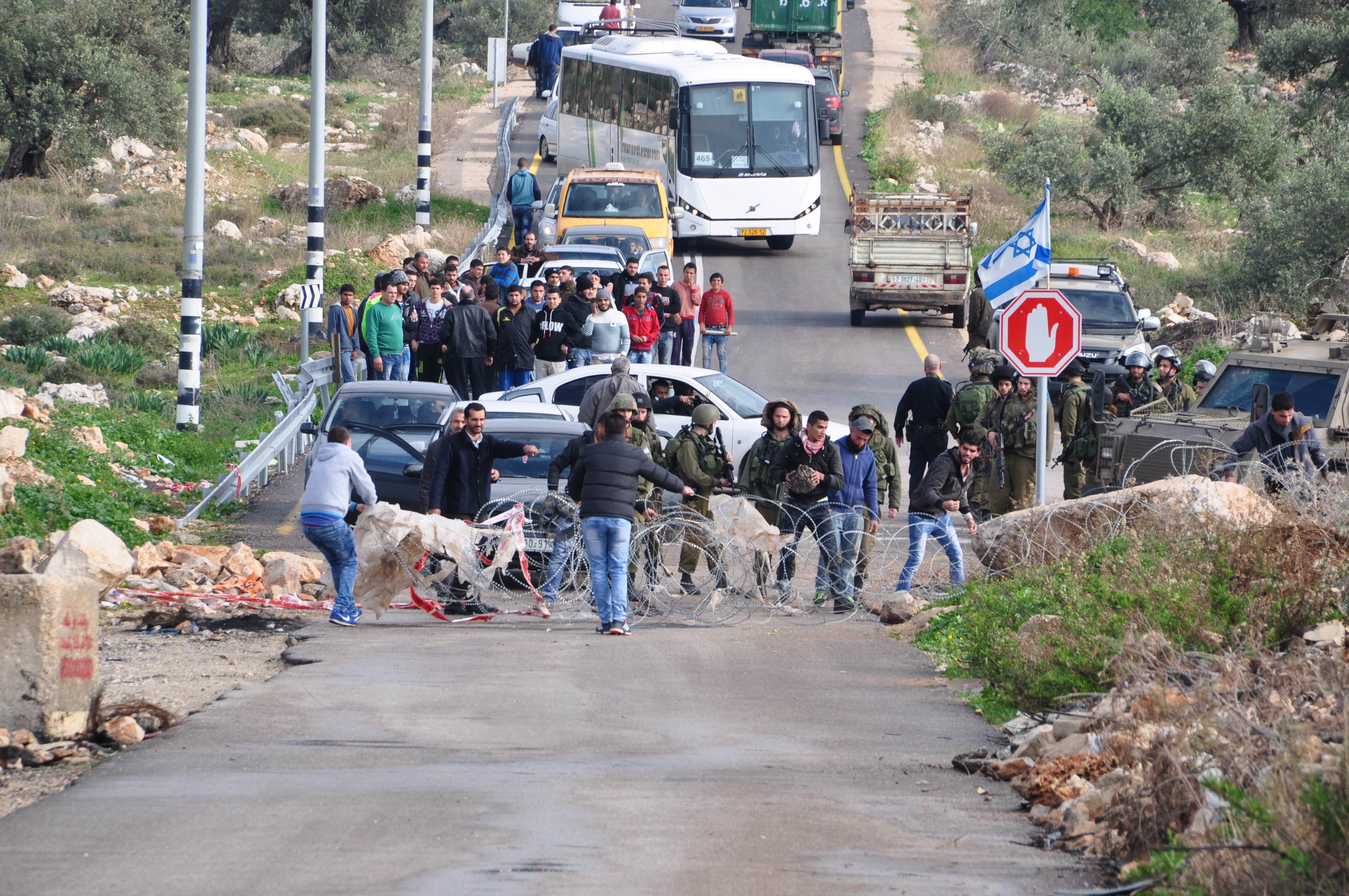Tag: Collective punishment
-
Israeli Forces shoot at family harvesting crops on their land
2nd May 2016 | International Solidarity Movement, Gaza team | Gaza, occupied Palestine After more than six months risking their lives while ploughing, planting seeds and weeding their land, and after investing a large amount of money on seeds and on renting a tractor, the Qudaih family from the village of Khuzaa were finally ready to start harvesting their barley and…
-
Release of a cold-blooded killer illustrates the racism of Israeli society
23rd April 2016 | International Solidarity Movement, al-Khalil team | Hebron, occupied Palestine Yesterday, Elor Azraya, a soldier in the Israeli army, infamous for the extrajudicial execution of Abed al-Fattah al-Sharif in occupied al-Khalil (Hebron), has been released to celebrate the Jewish holiday of Pessach with his family. 21-year old Abed al-Fattah al-Sharif was lying…
-
Palestinians remove roadblock restricting movements of villagers near Tulkarm
December 18th, 2015 | International Solidarity Movement, Tulkarm team | Shufa, occupied Palestine UPDATE 22nd December: After the removal of the road block during last weeks demonstration in Shufa village, Israeli forces told villagers that they will keep the road open in the future. But since then the road has remained closed almost every day,…



